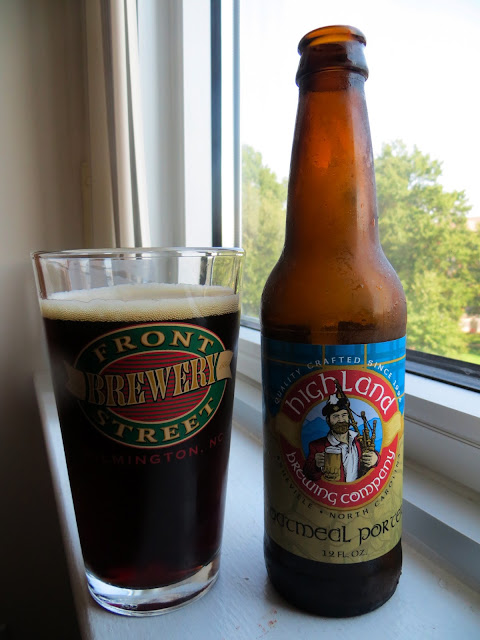Beer: Banks Caribbean Lager
Brewery: Banks Barbados Breweries Ltd., St. Michael,
Barbados
ABV: 4.7%
 |
| Happy New Year 2013! No, not a typo, I actually drank this beer just about a year ago. Time to get writing again! |
Here’s a trivia question that you probably already know the
answer to if you’re reading this: what is the first country in North American
to see the sun’s rays in the New Year? Hint: it’s not Nicaragua.
It’s Barbados, by far the easternmost of the Caribbean
countries. On the morning of January 1st the sun rises
punctually at 6:21 a.m. in Bridgetown. Even though St. John’s, Newfoundland, is
quite a bit farther east, it’s also much farther north, and in the depths of
winter the sun will rise much later (7:49 on 1/1) and set much earlier there than
in Barbados. The opposite is true in summer, of course: Barbados is the first
place in North America to get dark every evening. But SAD is
probably not a big issue in Barbados in the winter, whereas it might be in St.
John’s, or in Fairbanks, Alaska (New Year’s sunrise time: 10:54 a.m.).
 |
| Nothing makes a New Year's hangover worse than the tilt of the Earth's axis. That, and rum. (The highlighted island is Barbados, genius). |
The problem for Bajans (fancy word for people from Barbados) is that if they’re hung over on New
Years Day, and lack adequate window shades, it’ll be tough for them to sleep it
off for long. And if you’re hung over in Barbados, you’re most likely hung over
on… not beer. Instead, you’ve probably drunk an ungodly amount of rum. Piña
coladas! Daiquiris! Rum and cokes! Rum and coke and rums! Rum and rums! And so
on.
However, if you were chasing your rum with beer, as any good
drunk should, you were probably swilling Banks. It is by far the most popular
beer in Barbados, though its market share has been shrinking
due to imports from other islands like Trinidad and Saint
Lucia. (The Banks brand is also produced in Guyana, which, despite its
location on the continent of South America, might as well be a Caribbean island,
and it also dominates the market there—hence the “Caribbean Lager” designation.
If anyone in NYC sees Guyanese Banks for sale at a bodega somewhere, let me
know, and I’ll drink the stuff all over again.)
 |
| Three sheets to the wind: representations of sails on three different places on the bottle. |
Guess what: it tastes like beer. It’s a Crap National Lager
for sure, and despite the heavy influence of British culture on Barbados, it
doesn’t taste like much, even compared to, say, Saint Lucia’s Piton. But you know
the drill by now. It’s hot, the sun is shining, and so you don’t want a porter
or even a pilsner. You want a Banks. And so it goes.
What’s also remarkable is that tiny Barbados (equal in
population to Toledo, Ohio) is exporting this stuff at all. I found mine while
visiting my in-laws in Florida, but it’s also available up and down the east
coast. I can’t claim to know much about the finances of the Banks Brewery, but the country of Barbados is an
economic powerhouse for its size and location. In addition to obvious tourism
and sugarcane farming industries, it’s become a bit of an offshore finance
center, so companies, be they breweries or widget factories, can pretty easily
attract the type of local investment necessary to produce enough product to
export their wares, unlike other tiny island nations. Take that, Saint Vincent
and the Grenadines!
 |
| Pretty sure this would be the biggest building on both Antigua AND Barbuda. |































